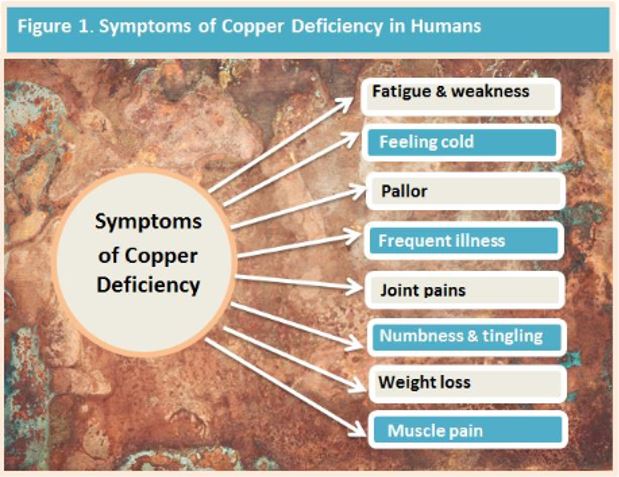Metalloestrogens – the Stealth Toxins
Stealth toxins that can play havoc with your hormones.InterClinical eNews December 2019, Issue 99 Metalloestrogens - Factors influencing Susceptibility Several metals can act as metalloestogens by binding to the oestrogenic receptor alpha and initiating cellular changes. However, not everyone exposed to toxic metals develops symptoms. (1) Some factors which affect the likelihood of developing symptoms include: Timing and duration of exposure - This appears critical. For example in hypogonadal males, correcting the hormone...
Hidden Heavy Metal Toxicity?
Hair Tissue Mineral AnalysisInterClinical eNews October 2019, Issue 97 Heavy metals are so ubiquitous in our environment that everyone is exposed to them. They cannot be avoided completely and are found in virtually everyone to some degree. Sources of heavy metals range from environmental, occupational, household (including foods, water, paints, cosmetics, etc), medical and hobbies. Heavy metals can enter the body through inhalation, intestinal absorption as well as be absorbed through the...
Chronic Beryllium Disease – Who is at Risk?
InterClinical eNews February 2019, Issue 89 In this month's issue, we take a look at all things beryllium. We consider its properties, commercial uses, populations at risk from contamination and the consequences of short-term and long-term exposure. Beryllium's Properties Beryllium is a very strong, lightweight, corrosion resistant and heat absorptive material. It generates and absorbs neutrons, conducts electricity and is transparent to X-rays. This unique set of properties make it highly desirable for a number of industrial uses. (1) Industrial Uses Beryllium...
Signs & Symptoms of Copper Deficiency
InterClinical eNews June 2018, Issue 81 Copper has been recognised as an essential mineral since the mid 19th century when copper deficiency anaemia was first identified. In this issue we take a closer look at daily copper needs, the symptoms people with copper deficiency can experience, identify at-risk populations and discuss how the symptom picture can be easily mistaken for other conditions Copper Requirements The Australian national adequate daily intake (AI) for copper is...



